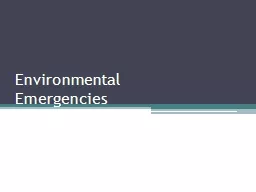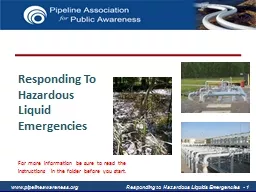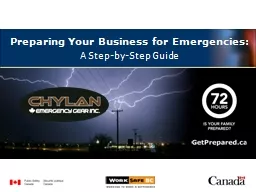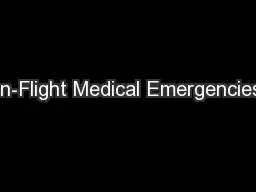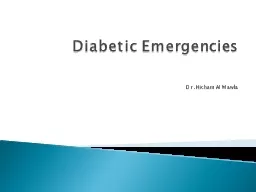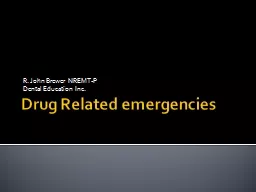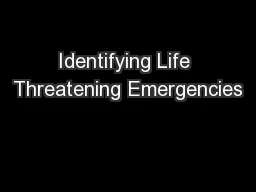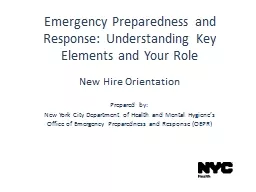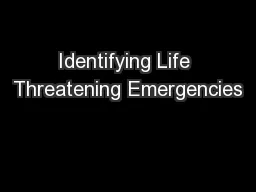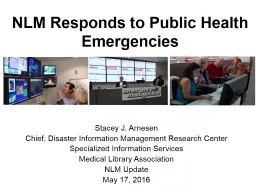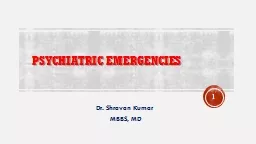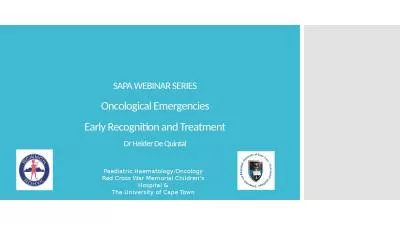PPT-Environmental Emergencies
Author : kaptainpositive | Published Date : 2020-06-17
Heat Related Illness Heat Cramps Heat Exhaustion and Heat Stroke are conditions caused by over exposure to heat loss of fluids and electrolytes How they come up
Presentation Embed Code
Download Presentation
Download Presentation The PPT/PDF document "Environmental Emergencies" is the property of its rightful owner. Permission is granted to download and print the materials on this website for personal, non-commercial use only, and to display it on your personal computer provided you do not modify the materials and that you retain all copyright notices contained in the materials. By downloading content from our website, you accept the terms of this agreement.
Environmental Emergencies: Transcript
Download Rules Of Document
"Environmental Emergencies"The content belongs to its owner. You may download and print it for personal use, without modification, and keep all copyright notices. By downloading, you agree to these terms.
Related Documents

